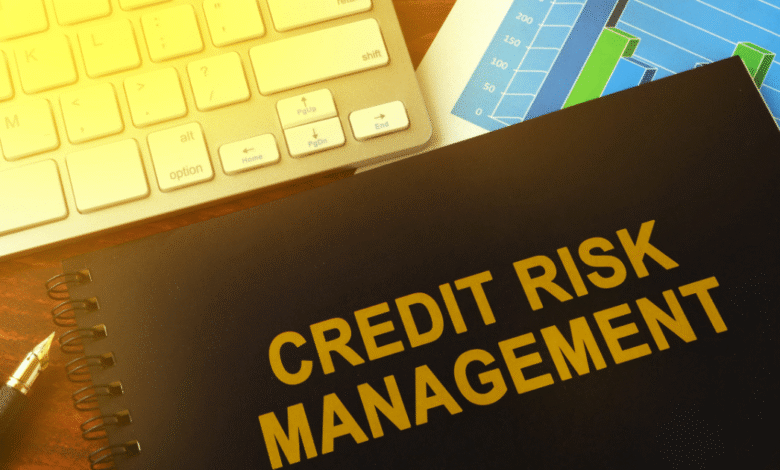Responsible Line of Credit Management: A Path to Stronger Business Credit

Building Business Creditworthiness Through Responsible Line of Credit Usage
For many small and mid-sized businesses, access to capital is a continuous challenge rather than a one-time hurdle. One of the most versatile tools to address this challenge is a business line of credit, a flexible form of financing that allows companies to draw funds as needed. While most discussions around this financing option focus on its immediate benefits—covering short-term expenses, smoothing cash flow, or funding inventory—its long-term impact on business creditworthiness is often overlooked. Responsible use of this financial tool can directly influence how lenders view a business, affecting not only future loan approvals but also the terms under which financing is offered.
A business line of credit is unique because it combines access to revolving capital with the opportunity to build a documented history of repayment discipline. Unlike term loans, where the repayment schedule is fixed, a line of credit allows owners to demonstrate their ability to borrow strategically and repay efficiently over time. Each draw, repayment, and period of non-use forms part of a profile that future lenders review when assessing financial behavior. Businesses that manage their credit lines with foresight and consistency tend to see stronger credit ratings and more favorable borrowing conditions as they grow.
One key element in building this positive profile is maintaining an appropriate utilization rate. Maxing out a credit line frequently signals to lenders that a business operates with tight margins or lacks sufficient cash reserves. By contrast, using a portion of the available limit while leaving room for unexpected needs shows control and stability. This does not mean that the line should sit idle. Strategic, periodic use—especially tied to revenue-generating activities—demonstrates both activity and prudence.
Payment patterns are another critical factor. Timely repayment is the baseline expectation, but businesses that go a step further by paying down balances early or more frequently than required send an even stronger signal. These actions indicate liquidity strength and operational discipline. Over time, this behavior can result in higher credit limits, better interest rates, and faster approval for larger financing options. Responsible repayment behavior with one lender often becomes a reference point when applying for funding with others.
It is equally important to separate business and personal credit activities. Many small business owners rely on personal credit in their early years, blurring the lines between business and individual financial histories. Transitioning to a dedicated business line of credit and maintaining it responsibly helps establish a clear and independent credit track record. This separation not only strengthens the business’s financial identity but also protects personal credit scores from being overly influenced by commercial borrowing needs.
For example, a growing consultancy may use its line of credit to fund upfront project costs, paying down the balance once client payments are received. By maintaining this cycle consistently, the business builds a record of responsible borrowing tied directly to revenue flow. In time, this behavior can support applications for larger facilities, such as equipment loans or expansion financing, without triggering the same level of scrutiny a first-time borrower might face.
The impact extends beyond traditional lending relationships. Suppliers, vendors, and even commercial landlords often review a company’s creditworthiness before extending favorable terms. A well-managed line of credit becomes part of this wider reputation. Businesses that demonstrate reliability in one area often find doors opening in others, from better payment terms with suppliers to improved lease negotiations.
However, building creditworthiness is not simply about borrowing when convenient and repaying when pressured. It involves thoughtful integration of financing into the broader strategy of the business. Establishing policies for when and how to draw funds, who authorizes their use, and how quickly repayment should occur ensures consistency over time. Companies that communicate this discipline internally often avoid the pitfalls of impulsive borrowing or overextension during periods of market fluctuation.
There is also a less obvious, but equally valuable, benefit to responsible line of credit use: the opportunity to strengthen lender relationships. Lenders often reward consistent and responsible clients with early notifications of new products, expedited approvals, or customized solutions during critical growth phases. In some cases, a history of dependable line of credit management can position a business for preferred status with its lender, creating advantages that are not advertised publicly but are extended based on trust and history.
For many businesses, especially those in growth-oriented industries, this proactive approach can become a competitive edge. Competitors that rely on one-off loans or scramble for financing during peak demand cycles may secure funding at higher rates or under stricter conditions. Meanwhile, the business that has treated its line of credit as a tool for building long-term creditworthiness stands ready to leverage better opportunities at a lower cost.
Working with providers who understand this dynamic is just as important as internal discipline. Partnering with a lender that offers flexible terms and provides insight into how to optimize your business line of credit for credit-building purposes can transform it from a reactive financial safety net into an active driver of credibility. Businesses that view their financing relationships as strategic, rather than transactional, tend to reap the greatest benefits over time.
The question for most owners is not whether they can secure a line of credit, but how they can ensure it strengthens their position for the next stage of growth. This requires balancing immediate operational needs with a forward-looking credit strategy, using the line not only to address challenges but also to send a clear, positive signal to the financial market about the company’s maturity.
Rather than closing with a list of steps, consider the perspective of a lender evaluating your next application. Are they looking at a pattern of responsible use that makes them eager to extend better terms, or a sporadic history that suggests higher risk? The answer lies not in the availability of credit, but in how thoughtfully it has been managed each time it was within reach.



